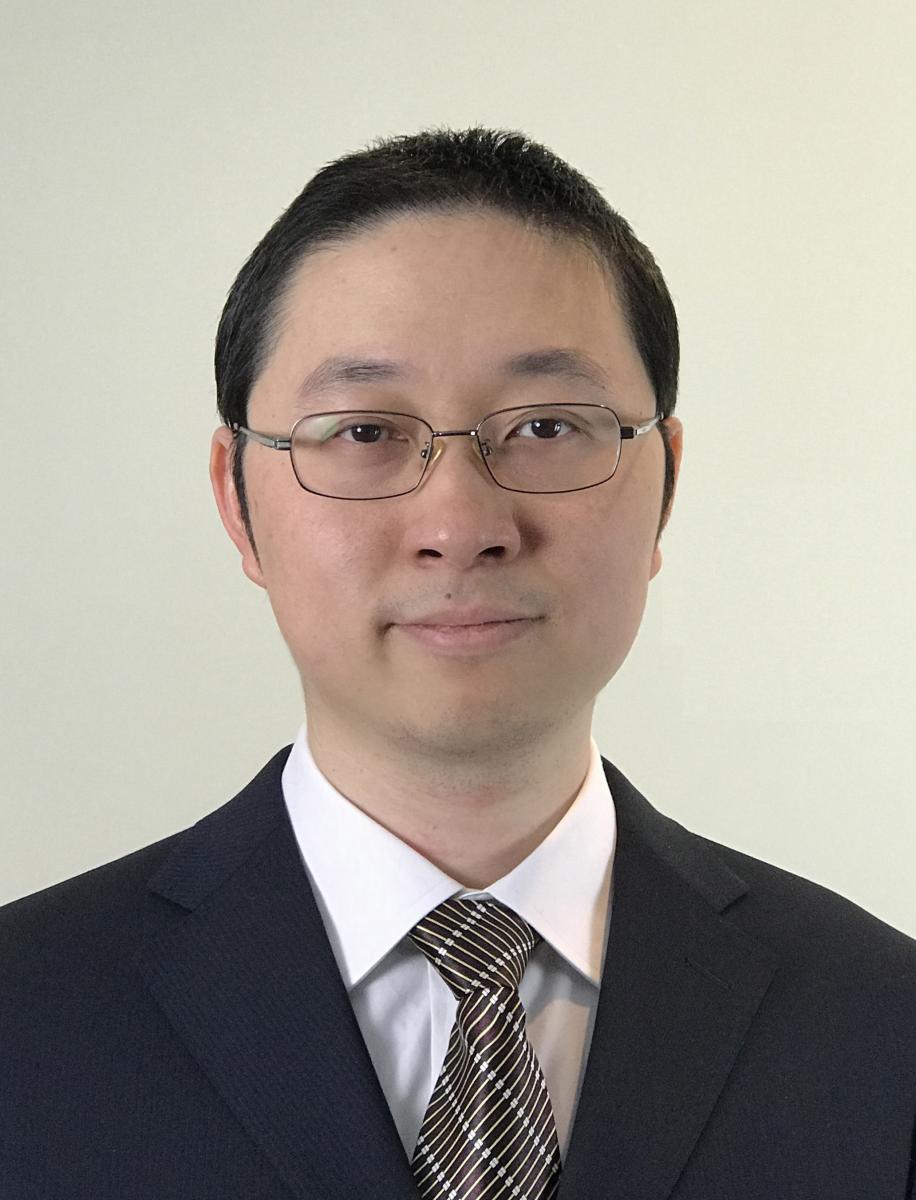Juejun Hu
Associate Professor, MIT Materials Science & Engineering
SENSE.nano 2021
Tuesday, October 26
Session 3: Imaging
2:10 PM - 2:25PM EDT
Abstract
Wide field-of-view (FOV) optics are important for many biomedical imaging applications spanning microscopy, endoscopic imaging, and fundus photography. The traditional approach for widefield imaging entails complex optics with multiple cascaded lens elements, which significantly increases the size, weight, and cost of the system.
Here, Hu describes a lens design based on optical metasurfaces which transforms a flat piece of glass into a “fisheye” lens capable of high-quality imaging over near 180° FOV. The lens features a simple, compact architecture and can be manufactured at low cost leveraging standard Si microfabrication technologies. Hu will discuss the theory and experimental demonstration of the lens and highlight potential biomedical sensing applications of the technology.

Juejun (JJ) Hu received his B.S. from Tsinghua University, China, in 2004, and his Ph.D. from Massachusetts Institute of Technology (MIT), USA, in 2009, both in materials science and engineering. He is currently an associate professor at MIT's Department of Materials Science and Engineering. Prior to joining MIT, he was an Assistant Professor at the University of Delaware, USA from 2010 to 2014.
Hu has authored and coauthored more than 100 refereed journal publications and has been recognized with awards including the SPIE Early Career Achievement Award, the Robert L. Coble Award from the American Ceramic Society, the Vittorio Gottardi Prize from the International Commission on Glass, the DARPA Young Faculty Award, and the NSF CAREER Award, among others. His research primarily focuses on integrated optics and photonics for applications in sensing, imaging, and communications.

